What do you think?
Rate this book
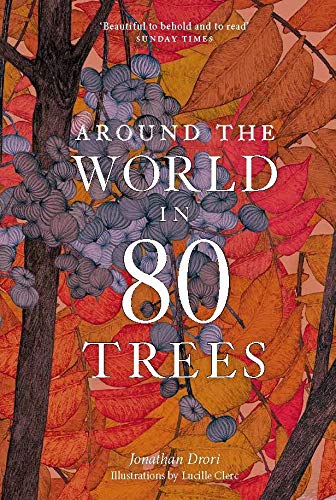

240 pages, Paperback
First published May 28, 2018

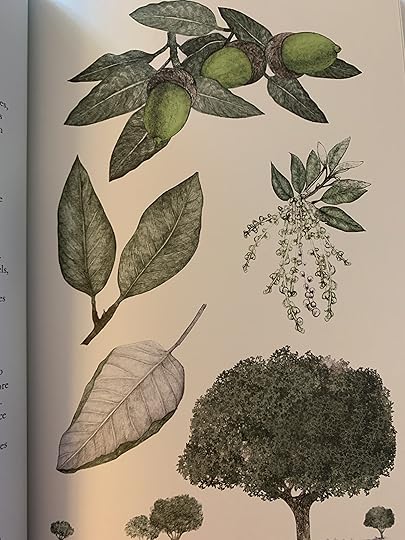

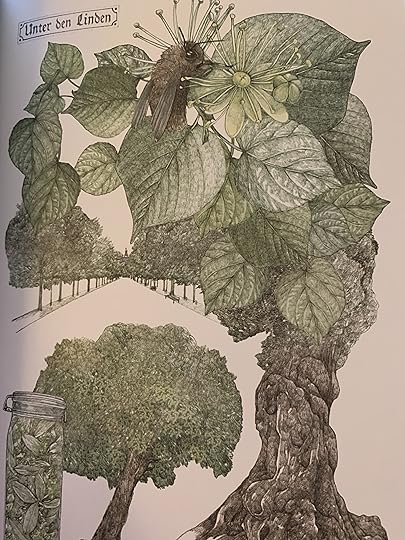
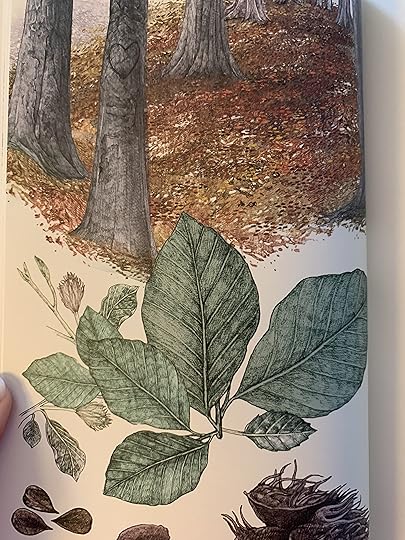
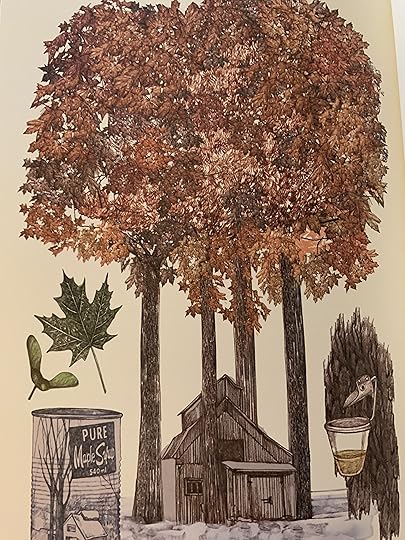
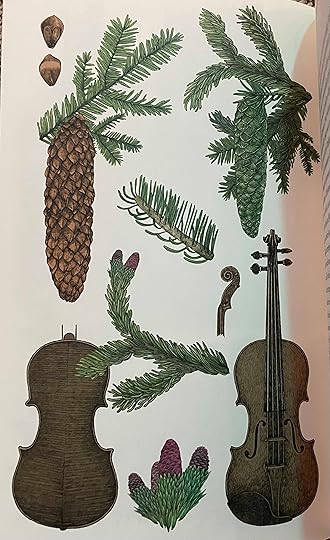

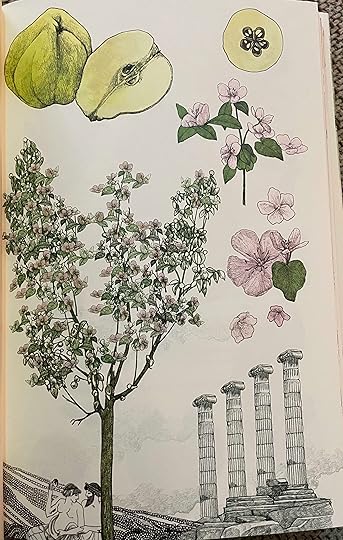
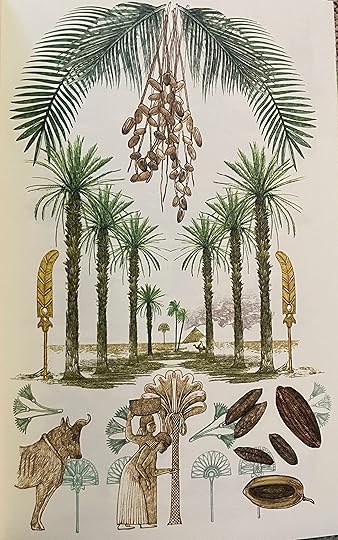
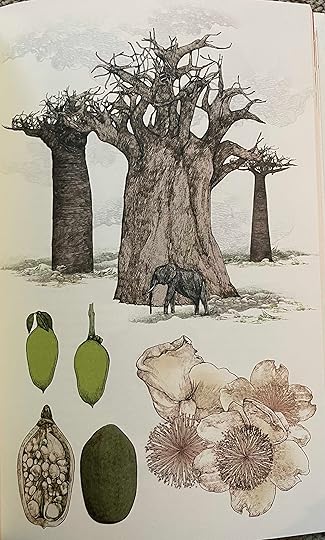
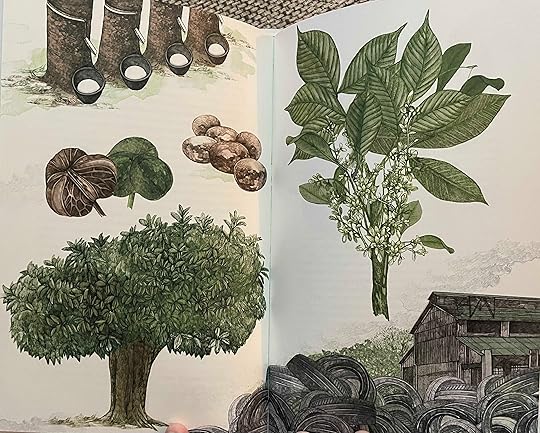
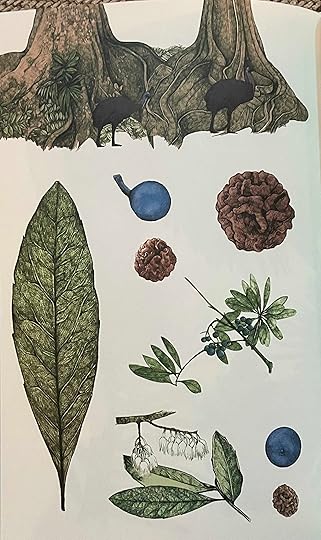

'Een van mijn vroegste herinneringen betreft een enorme libanonceder vlak bij ons huis. Op een winterochtend ontdekten we dat hij dood was, zijn stam en takken lagen verspreid en werden in stukken gezaagd. Dat was de eerste keer dat ik mijn vader zag huilen. Ik dacht aan het mooie gevaarte van honderden jaren oud waarvan ik had gedacht dat hij onoverwinnelijke was, maar dat was hij niet, en aan mijn vader, van wie ik had gedacht dat hij altijd alles onder controle had, maar dat had hij niet. Mijn moeder zei dat er een hele wereld in die boom had gezeten. Ik weet nog dat ik daar diep over nadacht.'